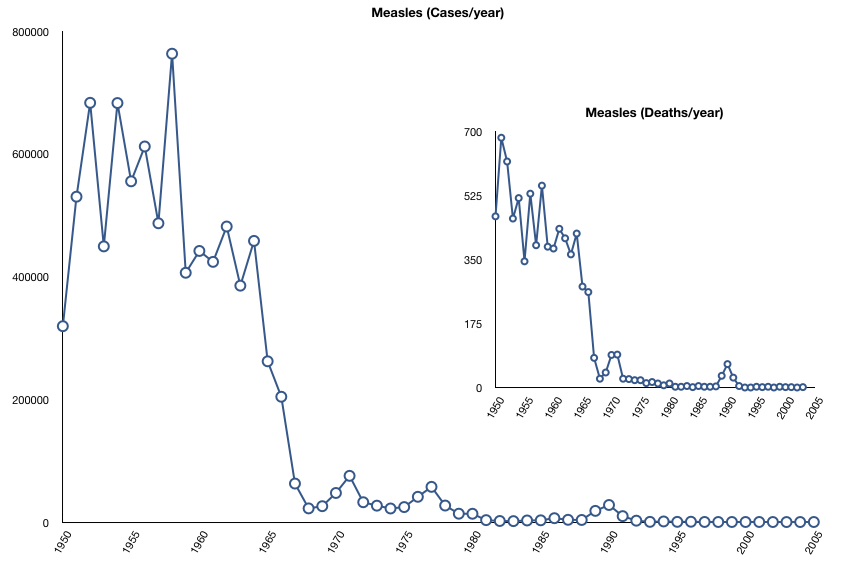Life Provides Far More Microorganism Exposure Than Vaccines
We have, on and in us, about 100 billion bacteria, which is 10 to 100 times more bacteria than there are cells that make us. That is just our normal flora. These represent about 1,000 separate species of bacteria. Humans are born bacteria-free and acquire a complex and enormous normal bacterial flora in months. In the first year of life, babies ares exposed, for the first time, to all the bacteria of their parents and siblings and some from the family pet and the environment. The resultant antigen exposure is thousands of times greater than the exposure from the vaccine schedule.
The number of bacteria in your own ecosystem, of course, pales into insignificance compared to the bacteria in the soil, at about a million species per gram of soil, plus those in the water, on pets, in the air, etc., etc. Estimates run as high as a billion different bacterial species in the world. Viruses, yeasts, molds, parasites, and mites may provide millions more. These microorganisms are kept at bay by the immune system. Each species of bacteria has multiple sites that can elicit an antibody response. It is not simply one antibody for each organism. How many develop against a microorganism depends on the complexity of the organism. It is not unusual to make dozens of antibodies against one bacterial strain. If we respond with only 3 antibodies to each bacterial species in our normal flora and 3 antibodies each to only 100,000 of the 10+ billion environmental organisms. that would be 300,000 antibodies. Making that many antibodies by age 18 would average 46 per day. The standard childhood vaccine schedule provokes a total of about 150 [7]. The leading infectious disease textbook identifies roughly 1,300 bacteria that can cause disease. This translates into more than 13,000 potential antigens, nearly 100 times as many as the recommended vaccine schedule.


